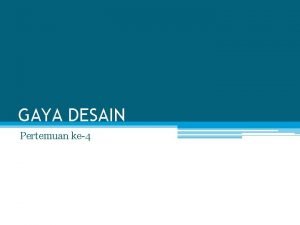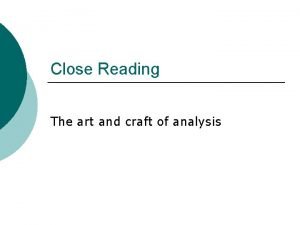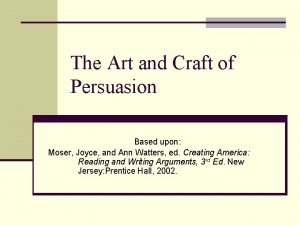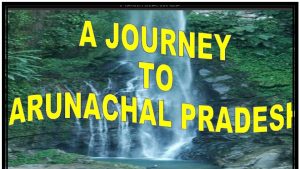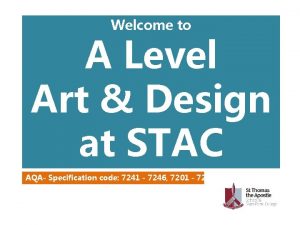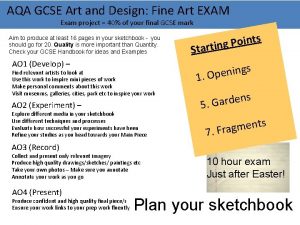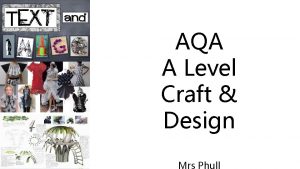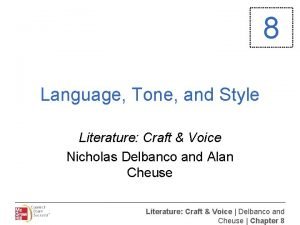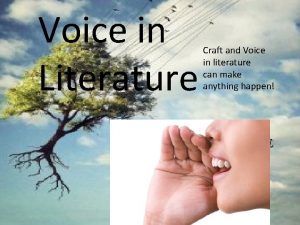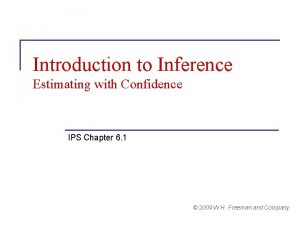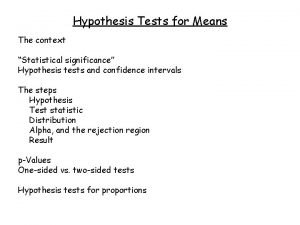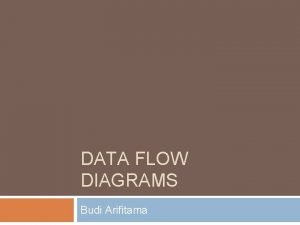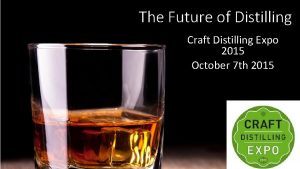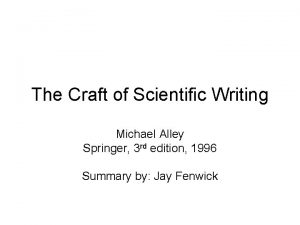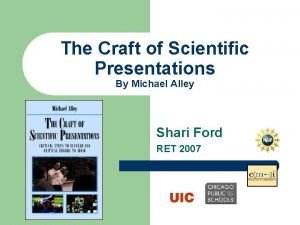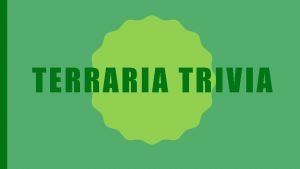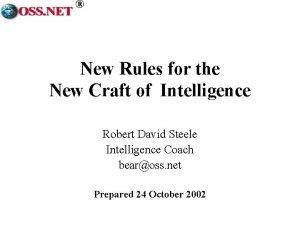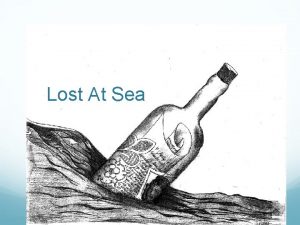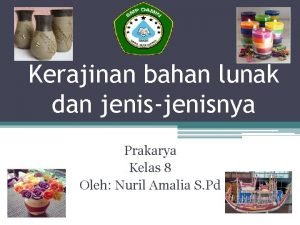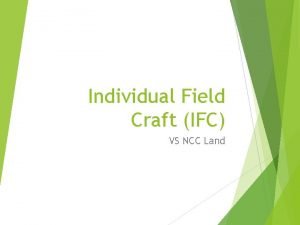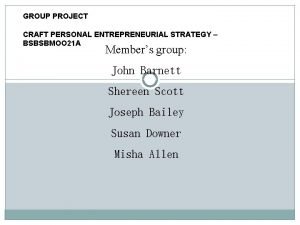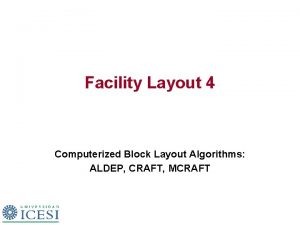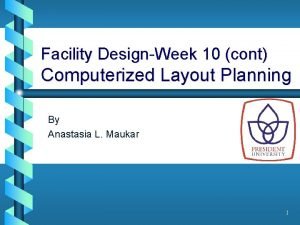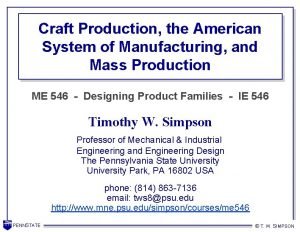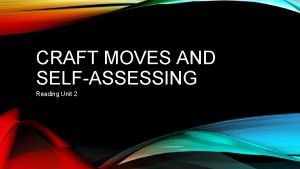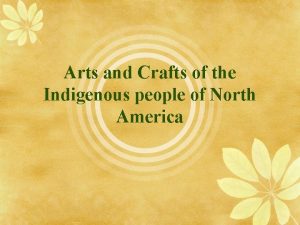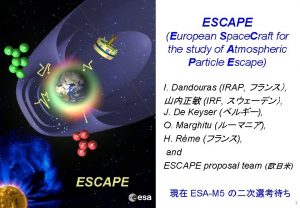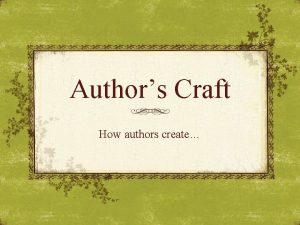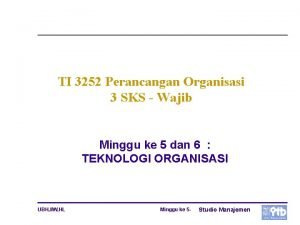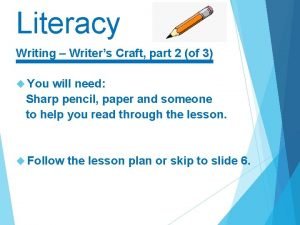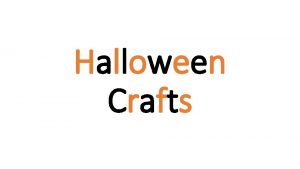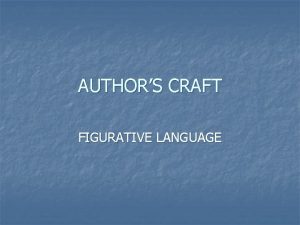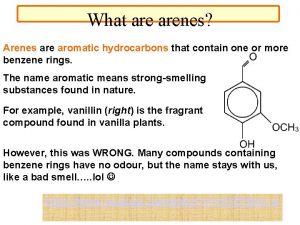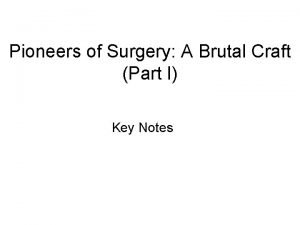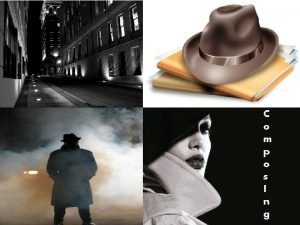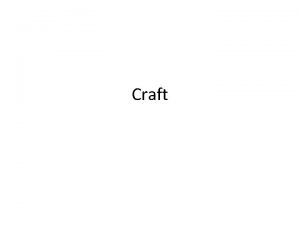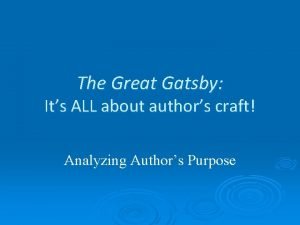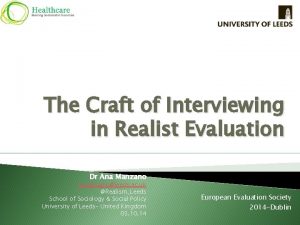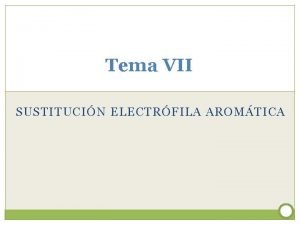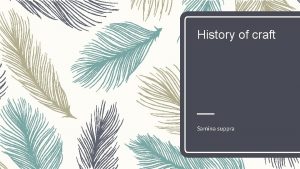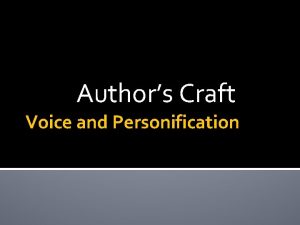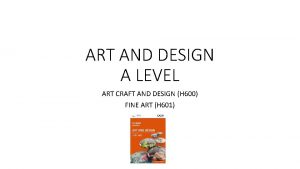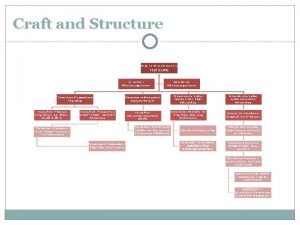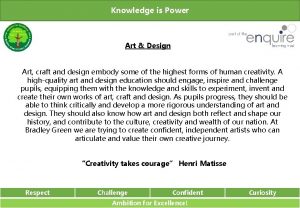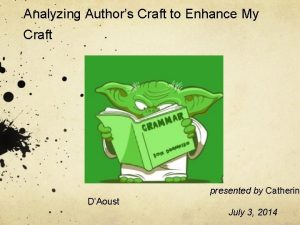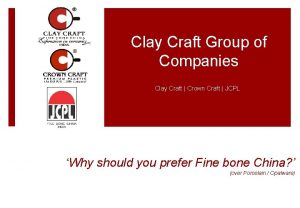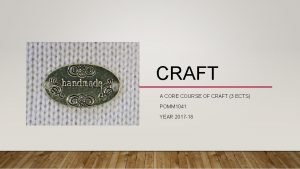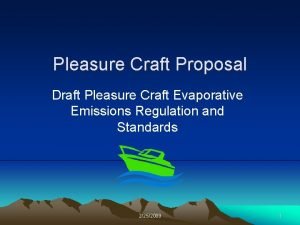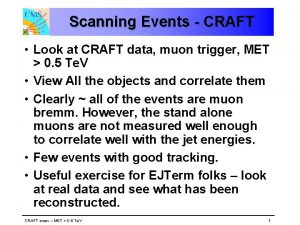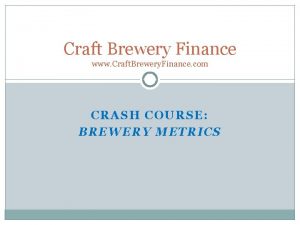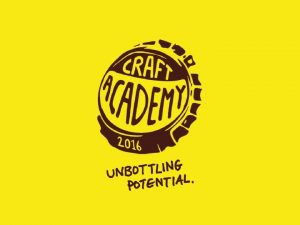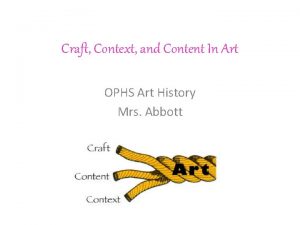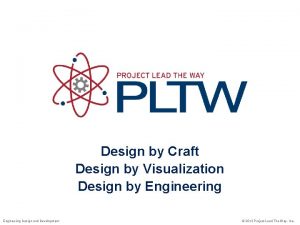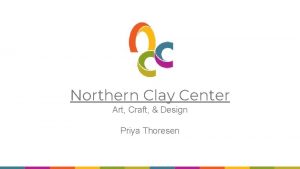A LEVEL ART AND DESIGN ART CRAFT DESIGN
























































- Slides: 56

A LEVEL ART AND DESIGN ART, CRAFT & DESIGN COMPONENT 1 PERSONAL INVESTIGATION AO 1 = 25 / 30 AO 2 = 24 / 30 AO 3 = 23 / 30 AO 4 = 23 / 30 TOTAL = 95 / 120

A LEVEL ART AND DESIGN ART, CRAFT & DESIGN UNIT 2 PERSONAL INVESTIGATION AO 1 = 33 / 40 AO 2 = 32 / 40 AO 3 = 30 / 40 AO 4 = 31 / 40 TOTAL = 126 / 160

SAFON UWCH CELF A DYLUNIO CELF, CREFFT A DYLUNIO UNED 2 YMCHWILIAD PERSONOL AA 1 = 33 / 40 AA 2 = 32 / 40 AA 3 = 30 / 40 AA 4 = 31 / 40 CYFANSWM = 126 / 160





















































Inspiration for this investigation came from a visit to Barcelona to study the work of Antoni Gaudi. The thoroughly documented Learner Statement makes clear the intentions of the candidate and the means by which objectives are to be realised. Extended writing, in the form of a lengthy evaluation, reflects on each significant step in the progression of the investigation. AO 1 The development of ideas is fairly thorough and is both focused and sustained. There is a degree of sophistication evident, but deeper investigation of perhaps slightly fewer sources might have resulted in greater contextual understanding. Visual and written analyses are quite often successfully combined and fairly rigorous and contextual sources are mostly relevant to the study. Reasons for selection could, at times, be clearer showing greater perception. In both extended writing and supportive annotation specialist vocabulary is accurate and appropriate. The investigation is quite comprehensive in scope, with occasional evidence of mature interpretations. The study is sometimes supported by very good understanding of purposes and meanings within relevant contexts. AO 2 There is good evidence of the candidate selecting suitable resources and media with which to experiment and purposefully develop creative responses. The study makes use of an appropriate range of processes and occasionally shows confident and skilful control in handling some of these, through fair depth and breadth of practical enquiry. There is effective exploration of a related range of media with sensitive and often successful combinations of processes. There is good awareness of relevant visual elements with some emphasis on compositional variations with significant relationships between working methods and outcomes. Practical investigation is regularly reviewed, including through annotation, but this does not always lead to significant refinement in outcomes. AO 3 Written evidence of recording observations, experiences and ideas is often strong in both extended writing and annotation. Visual recording skills are not always as sophisticated. It is stronger when working from primary sources rather than from photographs. The use of photography for observational recording is not extensive, but shows a good awareness of visual elements that contributes to creative progression of the work. Sketchbook pages are often lively and genuinely investigative showing thorough and coherent research and enquiry. There is very good evidence of ability to gather, select, organise and communicate information that is usually appropriate and relevant. Critical reflection on work and progress is both rigorous and effective in adding depth to what is learned and greater clarity to the candidate’s intentions. AO 4 The choice of inspirational contextual and visual sources, especially those engaged with at first hand, makes this a truly personal and imaginative investigation. Evidence of research and enquiry presented in the sketchbook shows coherent connections between the various elements of the submission and it is clear that the work is meaningful and well informed. Further consideration might have been given to the format and particularly the composition and scale of final outcomes to give the study a more strongly resolved conclusion. Occasionally, the study might have moved outside the sketchbook and made more use of the opportunity to work on a larger scale and produce more sophisticated outcomes.
 Gaya desain art and craft
Gaya desain art and craft Close reading the art and craft of analysis
Close reading the art and craft of analysis The art and craft of persuasion
The art and craft of persuasion Art and craft of arunachal pradesh
Art and craft of arunachal pradesh Rokodelstvo art & craft slovenija
Rokodelstvo art & craft slovenija Aqa a level art and design
Aqa a level art and design Aqa a level art and design
Aqa a level art and design Art and design a level aqa
Art and design a level aqa Literature craft and voice
Literature craft and voice Literature craft and voice
Literature craft and voice Presenter name
Presenter name Language craft and structure
Language craft and structure Significance and confidence level
Significance and confidence level Confidence level and significance level
Confidence level and significance level Confidence level and significance level
Confidence level and significance level Budi definition
Budi definition Double coin knot meaning
Double coin knot meaning Craft distilling expo
Craft distilling expo The craft of scientific writing
The craft of scientific writing The craft of scientific presentations
The craft of scientific presentations Terraria white tuxedo
Terraria white tuxedo Storage craft resellers
Storage craft resellers Krauss craft
Krauss craft Peter heals the lame man craft
Peter heals the lame man craft Robert david steele the new craft of intelligence
Robert david steele the new craft of intelligence Lost at sea ranking
Lost at sea ranking Bahan kerajinan yang berasal dari adonan tepung adalah
Bahan kerajinan yang berasal dari adonan tepung adalah Types of ground in ncc
Types of ground in ncc Craft a personal entrepreneurial strategy
Craft a personal entrepreneurial strategy Craft feedback
Craft feedback Aldep layout
Aldep layout Computerized layout planning
Computerized layout planning Craft production system
Craft production system Author's craft moves
Author's craft moves Dream catcher belief
Dream catcher belief Space craft escape
Space craft escape Craft knife definition
Craft knife definition What is authors craft
What is authors craft Writers craft examples
Writers craft examples Contoh teknologi craft
Contoh teknologi craft Coast guard ranking lost at sea
Coast guard ranking lost at sea Writer s craft
Writer s craft Black bat craft
Black bat craft Craft film school
Craft film school Author's craft figurative language
Author's craft figurative language Xylene
Xylene Brutal craft
Brutal craft Karen yager craft of writing
Karen yager craft of writing Pos services for brewery
Pos services for brewery Craft expression
Craft expression Acts 4:32-37 craft
Acts 4:32-37 craft Author's purpose great gatsby
Author's purpose great gatsby The craft of interviewing in realist evaluation
The craft of interviewing in realist evaluation Halogenación de benceno
Halogenación de benceno Samina definition
Samina definition Craft acronym
Craft acronym Words paint a thousand pictures
Words paint a thousand pictures
